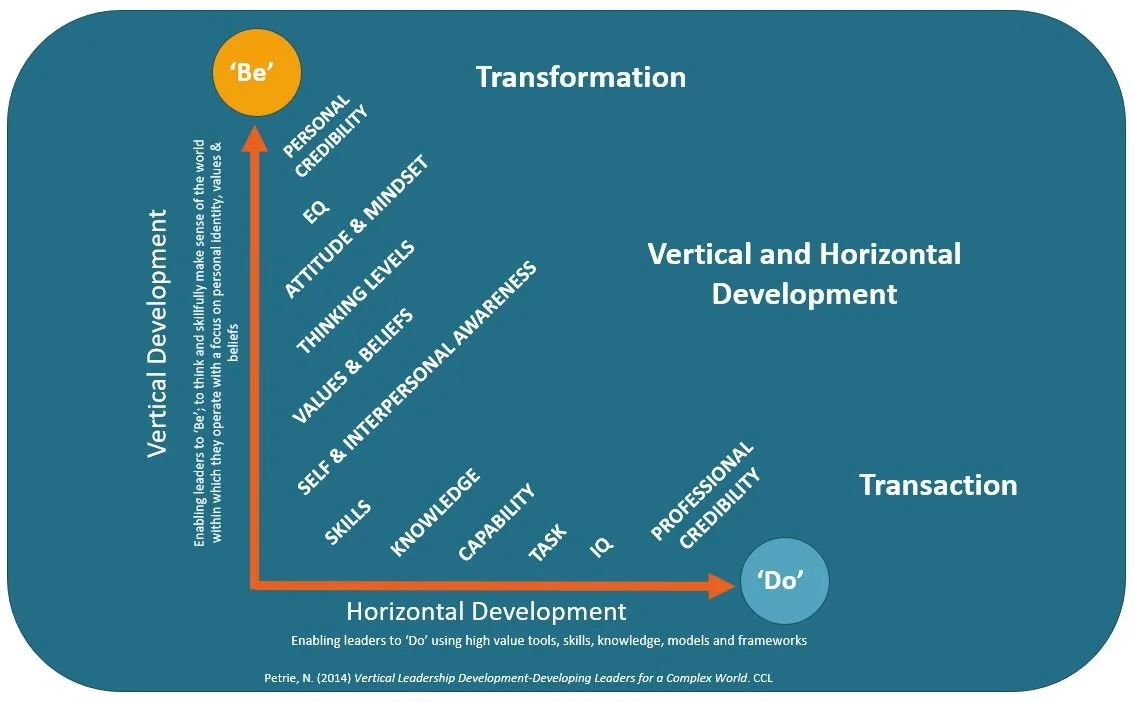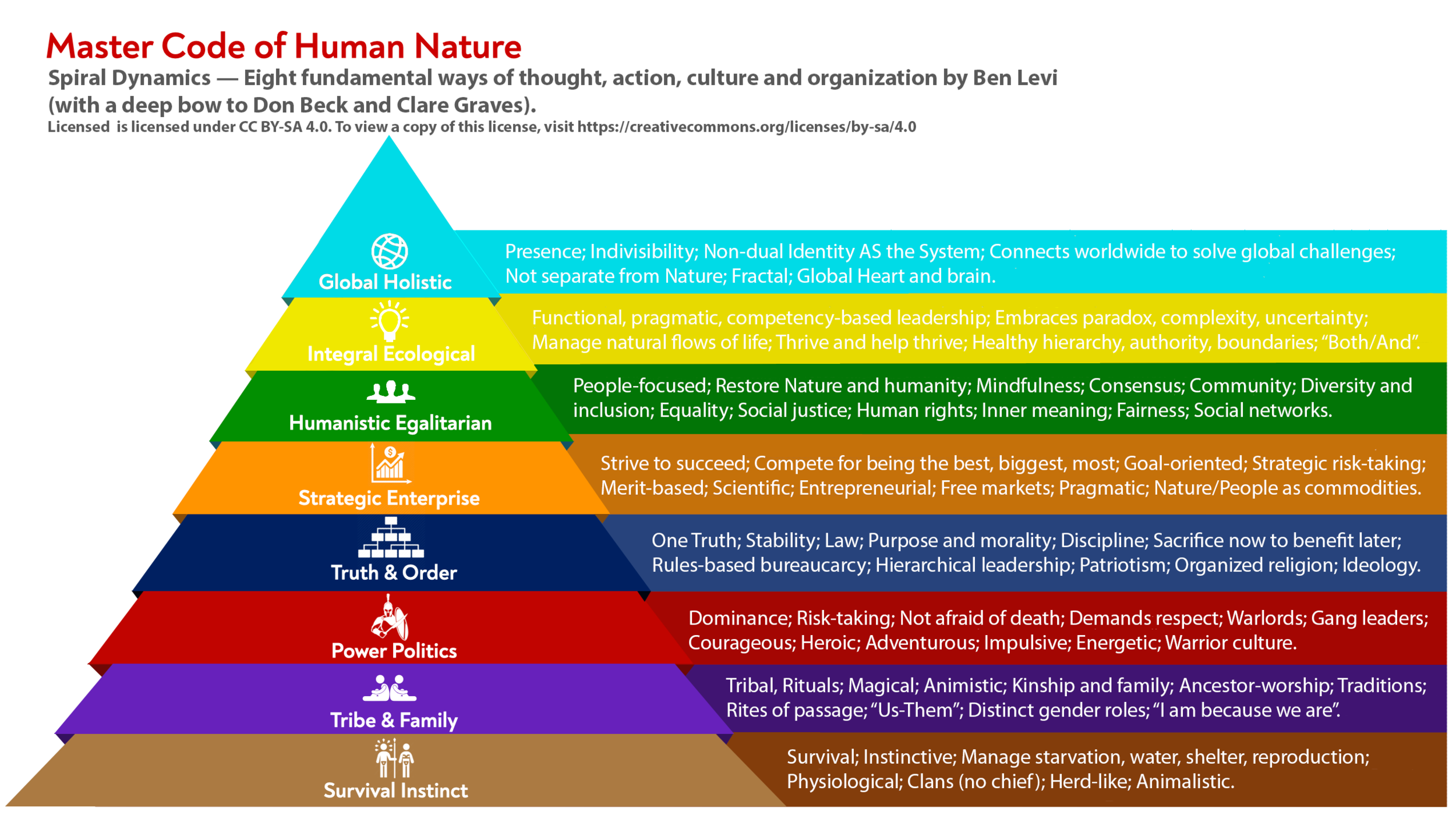The Big Picture of “Personal Development”
The Limitations of Mainstream “Personal Development” Ecosystems
The terms “personal development” and “self-improvement” are thrown around all the time in mainstream speak.
I’m sure most everyone reading this at some point or another has held a framework in their mind, whether rigid or loose, that they are on some sort of “personal development” or “self-improvement” journey.
All people that come to this space are wanting to improve in a specific area or areas of their life.
Whether it’s becoming more fit, cultivating charisma, pursuing romantic relationships, or learning how to code, one first comes to the space (usually from a sense of lacking) by firstly recognizing the skill that ought to be worked on, then researching how to develop the skill, and then practicing the skill.
And this is great.
There is nothing wrong with wanting to improve yourself and develop skills that you see as improving the quality of your life.
But there is a valuable, I would even say absolutely necessary, voice missing from the picture in mainstream speak about becoming a better person.
And this is the voice of developmental psychology.
Without the voice of developmental psychology, the terms “development” and “self-improvement” are relegated to mere “gaining” of knowledge and skill acquisition, which is often driven by ego-centric motives.
Vertical vs Horizontal Development
In order to assess psychological development in humans, a distinction had to be made between horizontal and vertical development.
Horizontal development refers to the type of development previously described, referencing to conceptual knowledge acquisition and specific skill cultivation.
Typically, one “gains” knowledge and cultivates skills in order to be serviceable in the job industry, so that they can generate a sufficient income within a respectable profession that they enjoy.
But this has nothing to do with vertical development, which is the process of developing a more holistic, expansive, sophisticated, and complex way of relating to self and world.
To develop vertically is to take a leap in perspective, to expand the lens of how you view yourself in relation to the world to that of one of increasing holism, representing a higher-order understanding of reality. (Ego-centric → community-centric → nation-centric → world-centric → cosmos-centric)
As vertical development increases, so do levels of empathy and capacity to love, resulting in less selfishness or more selflessness in thinking and behavior.
In short, vertical development has to do with being, whereas horizontal development deals with doing.
An example of a leap in vertical development in humanity’s history was the shift away from fundamentalist religion that came as a result of the Scientific Revolution.
In this, humans gradually overcame their mostly baseless, heavily fear-based, rigid beliefs in favor of truths that could be observed with the senses.
This sparked a revolution in human philosophical thought as fundamentalist religion gradually became decentered from collective worldviews.
This paved the way for profound discoveries about the physical nature of the universe, and morally moved humanity towards increasing democracy, spreading human rights such as freedom of speech, religion, etc.
Another, more relevant present-day example of vertical development would be to realize how deeply the environment one grows up in shapes their beliefs, values, customs, and overarching worldview.
Once one sees that society’s aim is to mold the mind of its members, one can view their cultural surroundings from a higher elevation, and start to deconstruct their ingrained patterns of thought, behaviors, and beliefs about the world.
Before, knowledge was viewed as a given. But with this realization comes the interest in epistemology, which is the study of where knowledge comes from.
At this point, one’s identity is brought entirely into question, as one must redefine themselves within a more world-centric framework, as one understands they were self-deceived by their prior religio-centric, ethno-centric, and nation-centric frameworks.
And as always with a leap in vertical development, one becomes a bit more flexible, loose, and non-defensive in their way of being as their egos become less rigid.
Because they can see all perspectives as having some value through this world-centric framework, naturally their sense of identity expands along with their area of concern.
Their perspective-taking ability expands.
Their empathy expands.
Their capacity to love expands
This is what human development and the evolution of consciousness is all about.
This is the path to a more harmonious world.
If we are not changing the lens in how we view ourselves in relation to the world, then humanity will continue to generate suffering in domineering ways through war and chaos, perpetuate collective fragmentations such as racism, sexism, and classism, and continue to devour our planet’s resources until we can no longer safely inhabit it.
The 7 Stages of Vertical Development
While there are numerous different models of vertical development conducted by a variety of brilliant researchers, they all essentially say the same thing.
Human maturation unfolds towards ego transcendence.
To get a better idea of how these stages unfold, let’s review John Smotherman’s brief description of The 7 Levels of Consciousness
Instinctual:
“This is the most basic and fundamental level of human consciousness and is not much more than the survival instinct. This level is reactionary and focuses on the acquisition of the basic resources necessary to sustain life. Conflicts for people functioning at this level of consciousness are typically viewed as, and sometimes are, struggles with life and death ramifications. Roughly 10% of the world's population functions primarily at this level.”
2. Individualist:
“This level of consciousness centers around the defense and advancement of the ego, as the apex of physical consciousness. People functioning at this level are focused on the avoidance or elimination of threats to their ego, person and property. This frequently surfaces as a need to control their environment and other people. Failure to have control is viewed as a grave detriment to the person's ego and security. At this level of consciousness, the person's ego and security are typically undifferentiated from their perceived wellbeing. Roughly 20% of the world's population functions primarily at this level.”
3. Conformist:
“This level of consciousness centers around the need for acceptance, and often manifests as a herd or tribal mentality. Members of the perceived tribe are valued over others, as they offer the support system the individual perceives themselves as needing. While relationships become important in and of themselves, persons outside the tribe are viewed as less important, inferior or even dangerous. This level of consciousness often carries a strong emphasis on compliance with tribal rules and custom. The importance of these codes of conduct are evaluated by their level of acceptance within the tribe, rather than by the merit of the rules themselves. The tribe or clan can be any type of identifiable group. It could be a family network, a religious group, or even a socio-economic class. It can be any group with which the individual strongly identifies. Roughly 40% of the world’s population functions primarily at this level.”
4. Rational
“At this level of consciousness, formal rational thinking predominates. Logic and reason are employed in evaluating situations and relationships. The moral standard of this level is viewed in terms of fairness, justice, and effectiveness. The scope of consideration for applying these values typically extends beyond tribal boundaries. Roughly 30% of the world's population functions primarily at this level.”
5. Pluralistic
“At this level of consciousness, an egalitarian view predominates and people are valued because they are human beings, not because they are right or excel at some particular trait or skill. Love becomes the moral standard. Empathy becomes a globally useable skill and can be extended to any human being. Roughly 10% of the world's population functions primarily at this level.”
6. Integral
“At this level of consciousness the inherent value of all people and all levels of consciousness becomes apparent. The dispassionate reason of the Rational Level and the irrational love of the Pluralistic Level, are viewed as integral components of an effectively functioning system. The various views, approaches and considerations of all the levels of consciousness are seen to function harmoniously rather than competitively. Roughly 1% of the world's population functions primarily at this level.”
7. Transcendent
“At this level of consciousness a sense of the divinity of all things emerges. Perception shifts from the harmonic interaction of disparate parts as seen from the Integral Level, to a holistic view of all reality. All the parts of the universe are seen as one organic whole expressing itself in limitless ways. Roughly 0.1% of the world's population functions primarily at this level.”
Keep in mind these stages are an extremely brief overview of the development of human consciousness.
The reality is that development is a complex and intricate process, so stay tuned for next week’s post in which we will dive deep into the model of Harvard psychologist Susanne Cook-Greuter’s Ego Development Theory.
But do you see how development up these stages would produce a more conscious, wise, loving, and empathetic human?
It is precisely maturation on the vertical plane of existence that is going to bring humanity to a more harmonious existence.
The New Paradigm of Personal Development
Is it too much to ask, to live in a world where our human gifts go toward the benefit of all, where our daily activities contribute to the healing of the biosphere and the well-being of other people? - Charles Eisenstein
I urge you to start viewing your “personal development” and “self-improvement” journey in a primarily vertical fashion, rather than a horizontal one.
Rather than viewing personal development as an active push towards heightened socioeconomic success, view it more as a receptive pull to a higher calling in life.
Growth on the horizontal plane is still absolutely necessary, for gaining knowledge and cultivating skills is mandatory towards finding and thriving in your unique niche within the larger fabric of life.
But if growth on the horizontal plane becomes your sole focus, you risk getting sucked into a void of meaninglessness as you lack a clear sense of purpose for what all of this “self-improvement” is even leading towards.
This is the “rat race.” This way of thought can put one on the hedonic treadmill of more, more, more. Better, better, better.
This is why after following the set-out path of Get good grades, go to college, graduate and find a well-paying job that people have existential crises, because they feel their hard work serves no purpose to them and the world at large.
Vertical development solves this problem.
In viewing your development in a vertical fashion, you are devoted to accurate understanding of self and world.
In viewing your development in a vertical fashion, you become committed to your most high, transcendent potential as a human, living life not just for your own well-being, but for the well-being of all.
Ultimately, this is not really a “personal development” journey.
Eventually you develop to the point where shit ain’t personal anymore.
Really, this is a spiritual journey.
A journey that is carrying you back home, to One with All, to God, to Love, to Light.
<3
How to Develop Yourself Vertically
Anything that is increasing awareness is going to accelerate the process of your vertical development.
Whether its politically, spiritually, emotionally, creatively, cognitively, empathically, contemplatively, kinesthetically, morally, or sexually, anything that is shaking up your mode of being, beliefs, worldview, and the overall way in which you generate meaning in your life is going to help you.
Here is a master list of practices you can try to accelerate the process of your vertical development:
Intaking new perspectives via books, podcasts, videos, and films
Writing about the perspectives or talking about them with people to harmonize them in your mind
Following your curiosities
Following what makes you excited
Following your heart
Getting out of your comfort zone
Asking yourself questions and deeply contemplating them
Spending intentional time in Nature
Stream of consciousness journaling
Art (painting, drawing, writing, etc.)
Self-inquiry
Meditation
Intentional psychedelic use
Hiring a life coach
Living at your edge
Embracing suffering
Traveling to a foreign country
Hanging out with cool people that make you think different
Do these activities and you will find yourself growing at a rapid rate.
Your sufferings and pain points in life are the areas to pay the most attention to, for these reveal the limitations of your ego structures.
Remember: Be good to yourself, follow your heart, and don’t get lost in thinking you need to develop yourself as fast as possible so you can achieve some state of “enlightenment.”
This is just the ego biting you in the ass.
Trust the process.
Accept yourself for where you are at.
Life will lead you to the next insight, which will lead to the next step to be taken.
All happens in due time, and all will be okay in the end.
Trust.
My Offers
If you resonate with me and want to accelerate the process of your vertical development, consider me for coaching.
If this interests you, head to the “Coaching” tab of my website.
That’s all I have for today guys.
Good luck on your journeys.
-Wyeth


